Mary T.S. Schäffer (1861, West Chester, Pennsylvania–1939, Banff, Alberta)
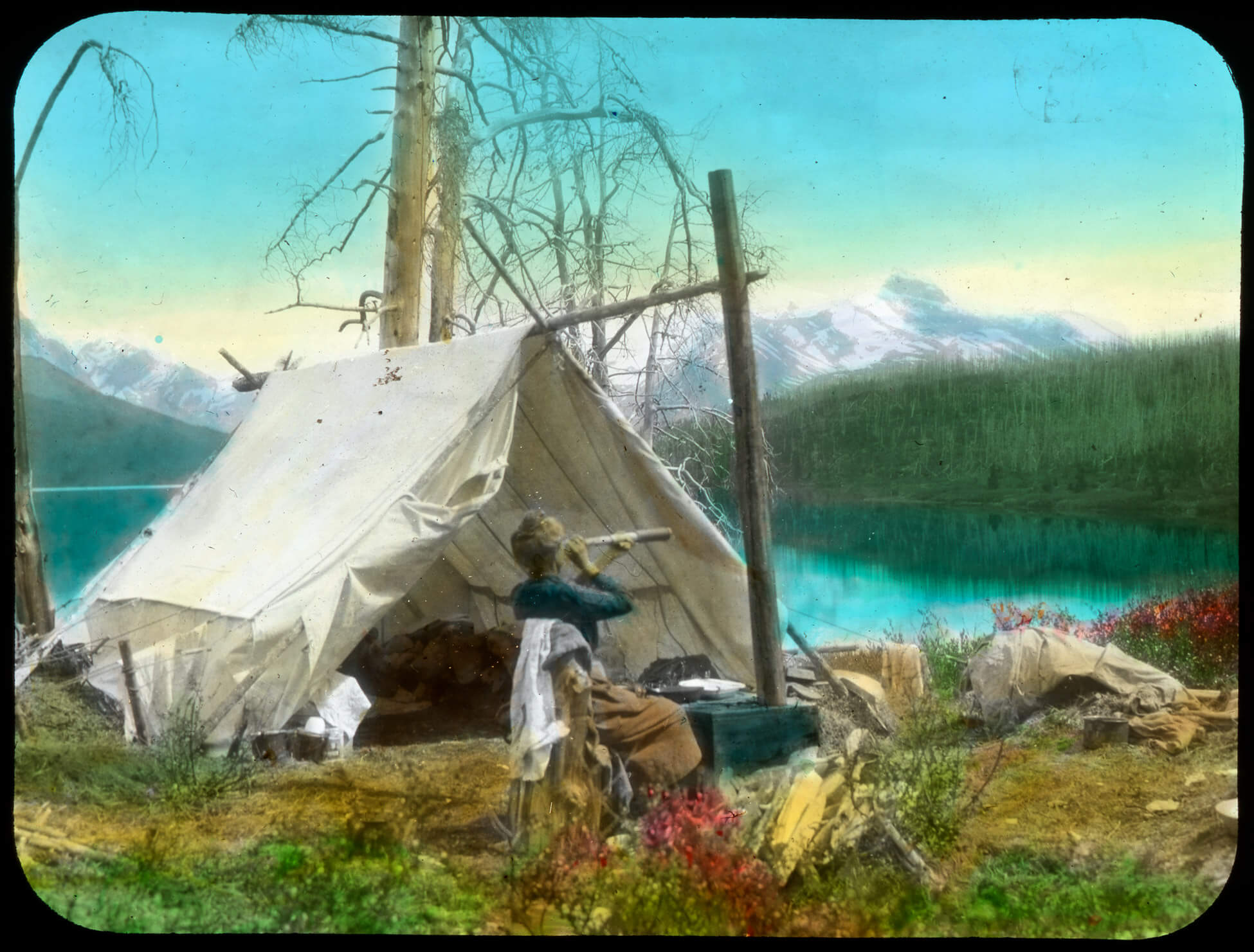
Looking for goat while baking bread (Camp at lower end of Maligne Lake), 1908
Hand-tinted lantern slide
Whyte Museum of the Canadian Rockies, Banff
Looking for goat while baking bread (Camp at lower end of Maligne Lake) by Mary T. S. Schäffer (1861–1939) presents the Rockies as the backdrop to the scene of a lone woman at a camp in the wilderness. The glass lantern slide is carefully painted to highlight the bright red flowers and the various labours of the multitasking woman in the foreground. That flowers figure prominently is not surprising, as the Pennsylvania-born Schäffer trained as a flower painter and was active in science and photography circles in Philadelphia before moving to Canada. Schäffer created a unique body of work about the Rockies during this era, and she often shared her photography and writing in the form of “magic lantern” lectures, combining the colourful hand-painted slides with her tales of adventure.
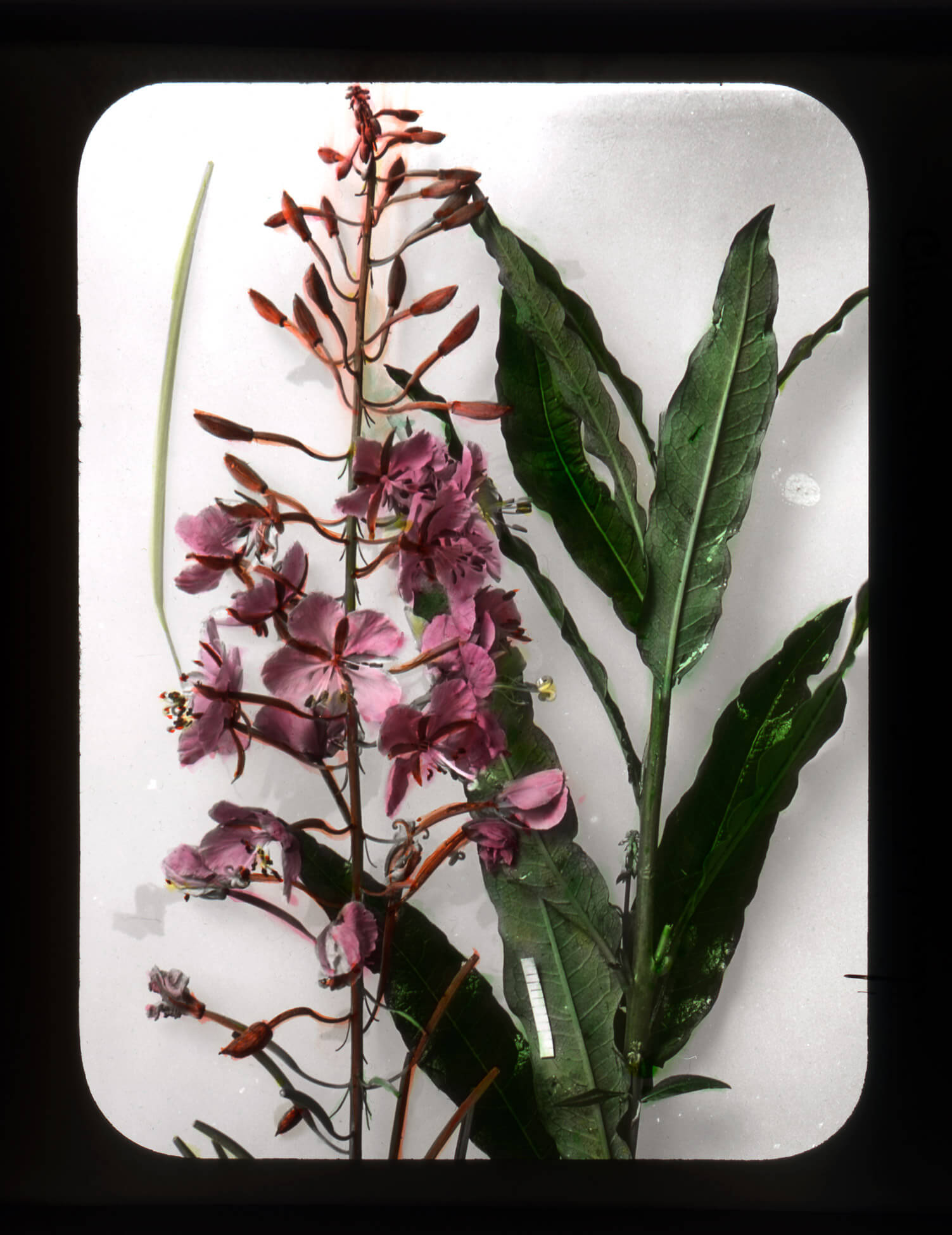
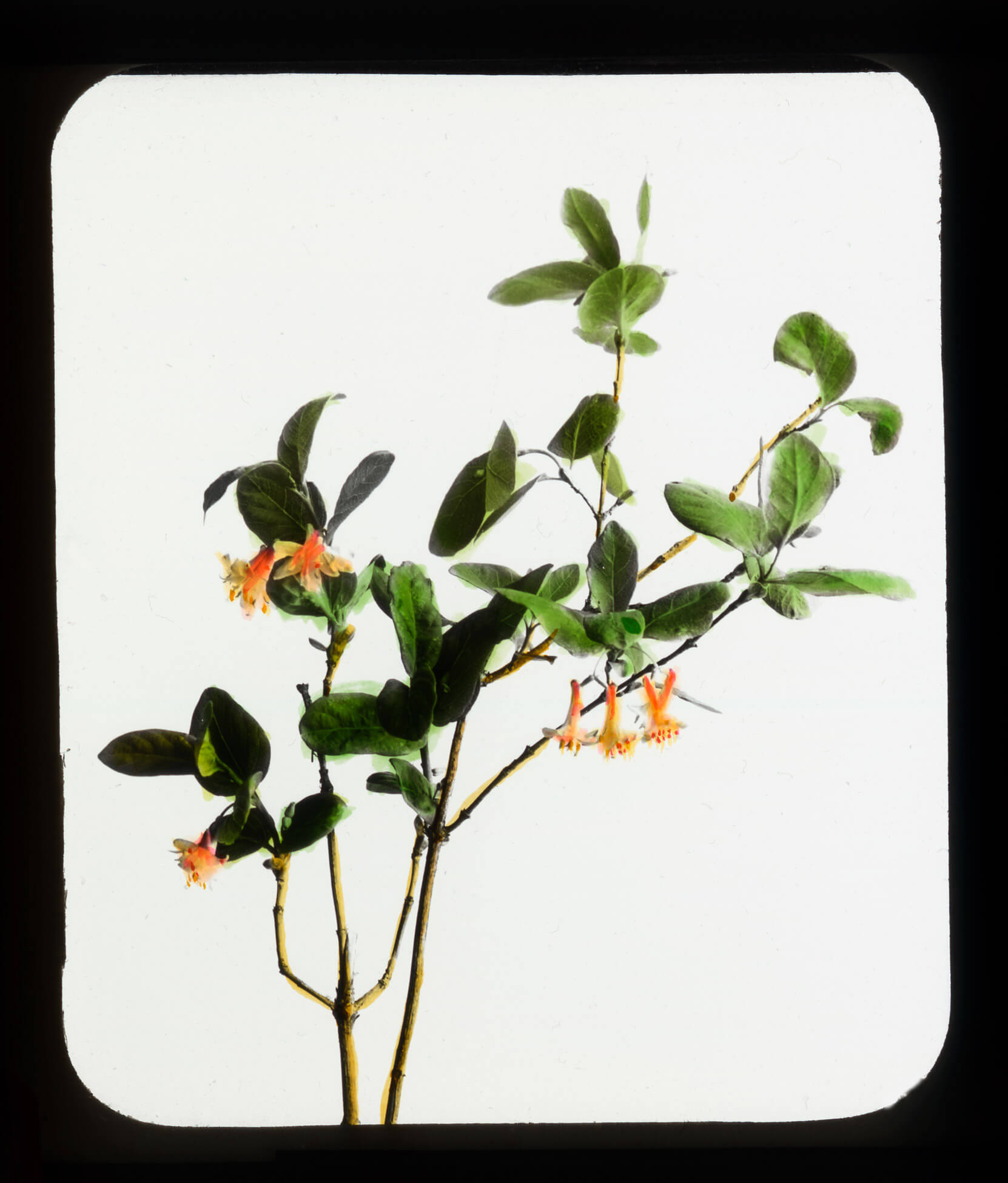
Schäffer first travelled to the Canadian Rockies with her husband, Dr. Charles Schäffer, a physician and amateur botanist, in 1899 to document flora. Although her early work was collaborative and often drew on her skills as a watercolourist, Schäffer also exhibited her photographs independently, most prominently at the 1900 Paris Exposition.
After her husband’s death in 1903, Schäffer returned to the Rockies during the summers to collect the material needed to complete the book of flora. But instead of drawing or pressing flowers, Schäffer began to use photography to document the samples. During these visits, she also photographed people and scenes of life in the Rockies using a folding camera and glass plate negatives, but around 1907 she switched to celluloid film.
In 1907 and 1908, Schäffer explored the remote areas north of Lake Louise searching for Lake Maligne, known to the Ĩyãħé Nakoda as Chaba Imne, using a map provided to her by Indigenous guide and hunter Sampson Beaver. On the journey, she was accompanied by her friend Mary Adams, a geography teacher and fellow photographer, as well as two guides, including Billy Warren, who would eventually become Schäffer’s second husband. Although she was not trained in survey work, Schäffer went to Lake Maligne at the request of the Geological Survey of Canada. Her work helped to lead the lake’s incorporation into Jasper National Park.
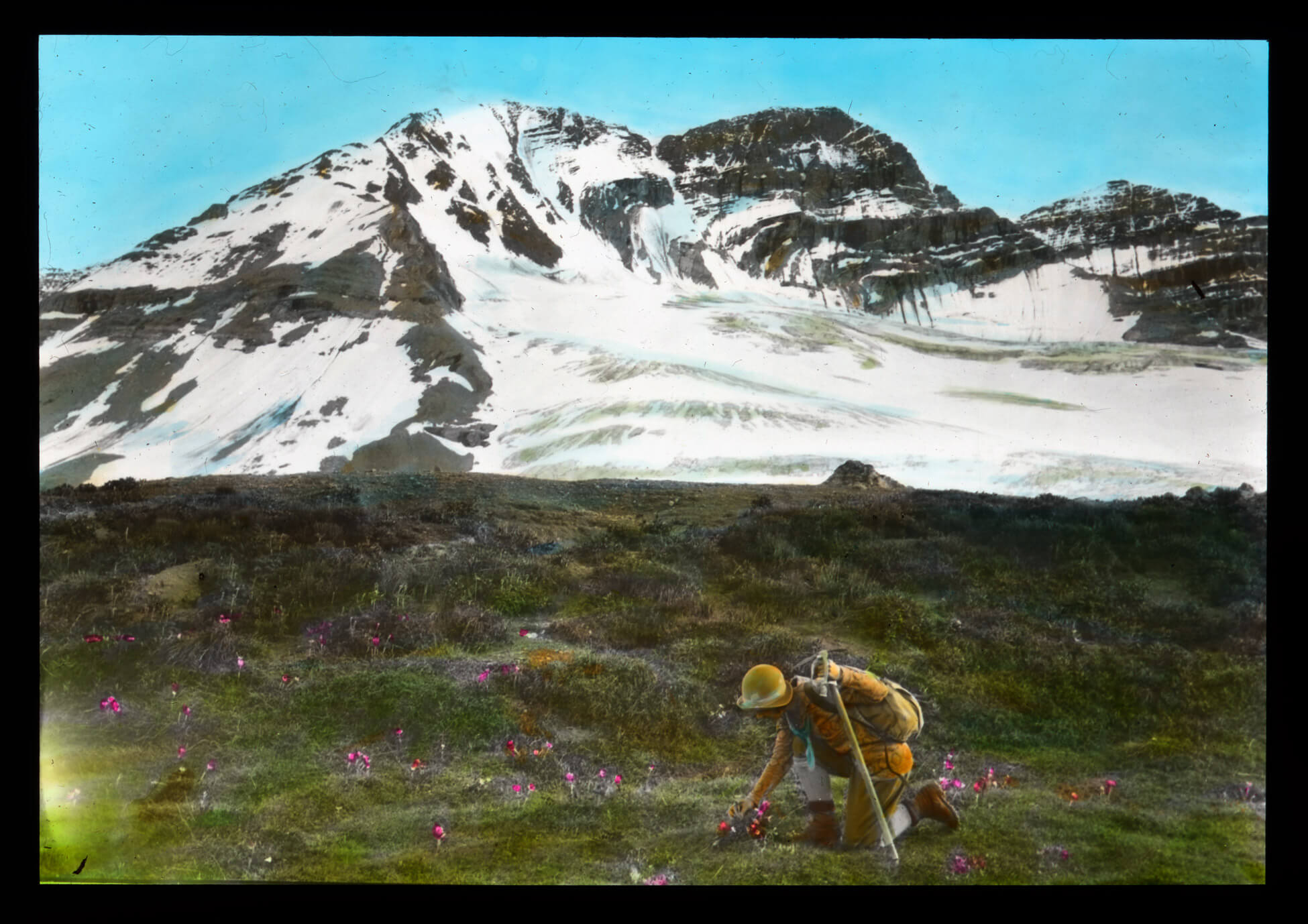
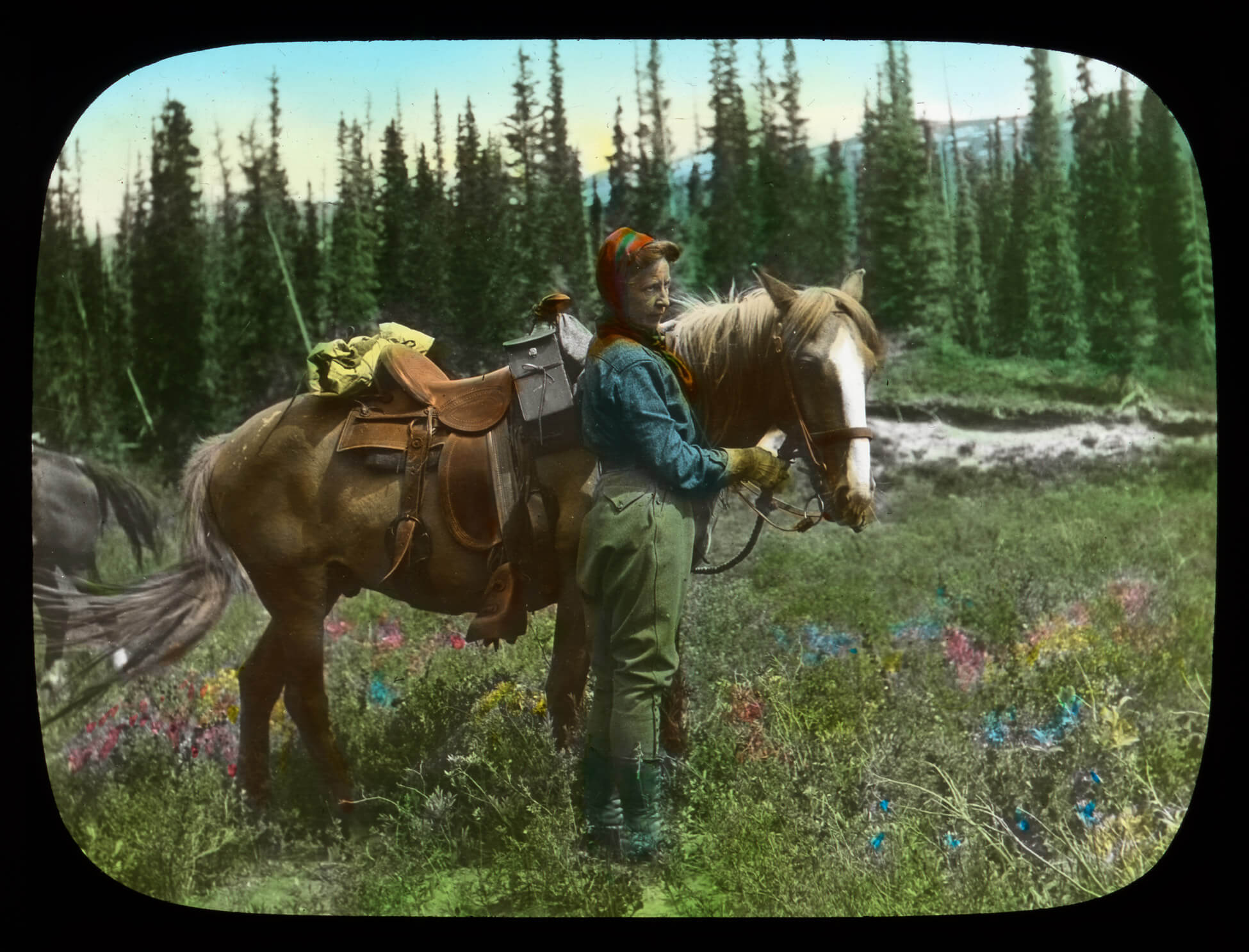
In 1911, Schäffer published her best-known work, an illustrated travelogue of the 1907 and 1908 trips, as Old Indian Trails: Incidents of Camp and Trail Life. The hundred photographs in the book were taken by Schäffer and Adams, and Schäffer both narrated the tale and appeared as a character in the illustrations. She moved to Banff permanently in 1912 and continued to photograph and publish articles about the region.

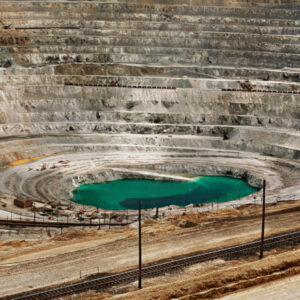 About the Authors
About the Authors
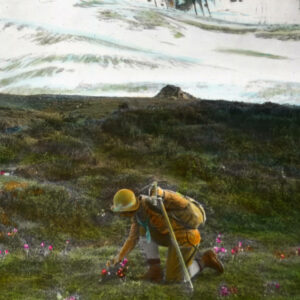 More Online Art Books
More Online Art Books
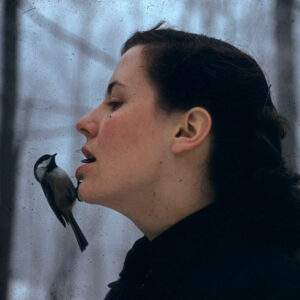 Acknowledgements
Acknowledgements